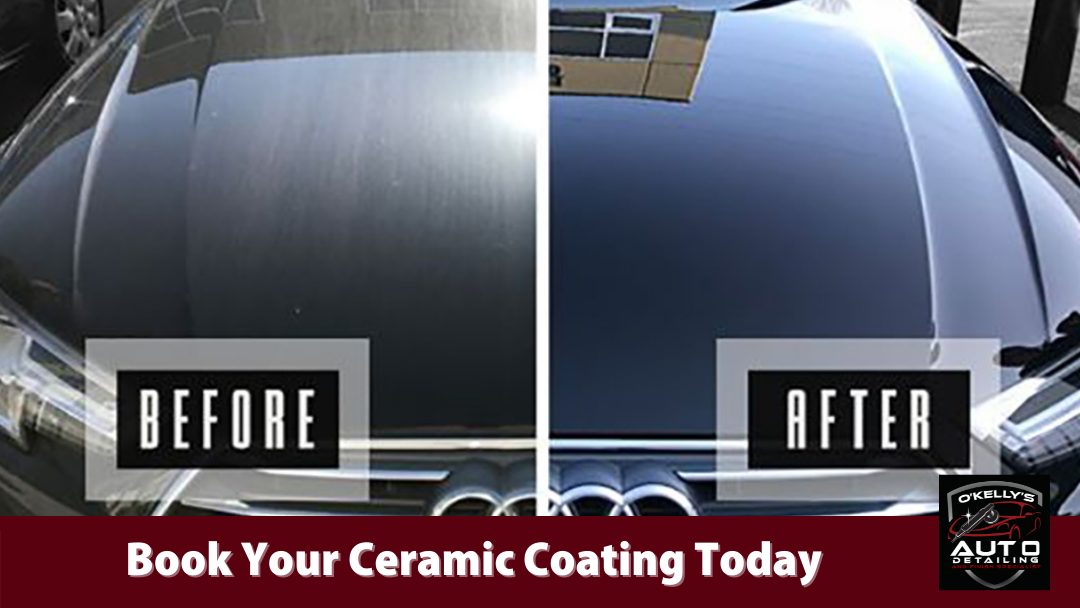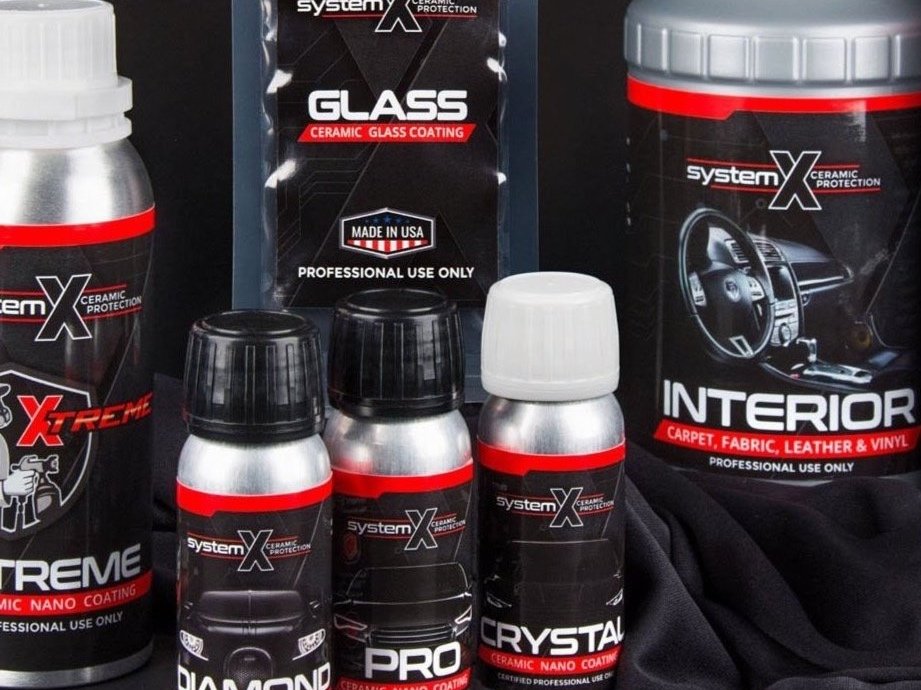Cost Effective and Dependable Ceramic Coating Philadelphia Provider for Your Automobile
Cost Effective and Dependable Ceramic Coating Philadelphia Provider for Your Automobile
Blog Article
Why Ceramic Finishing Is the Ultimate Service for a Flawless Finish
Ceramic layer has actually become a leading solution for those looking for a perfect coating for their automobiles, thanks to its impressive sturdiness and safety features. This advanced liquid polymer not only bonds effortlessly with manufacturing facility paint but likewise offers an awesome obstacle against common risks such as scrapes, UV rays, and ecological toxins. Its hydrophobic residential properties streamline upkeep while enhancing aesthetic appeal. Understanding exactly how this technology compares to typical techniques and exploring its application nuances can expose also a lot more concerning its value. What aspects truly set ceramic layer apart?
What Is Ceramic Finish?

When used correctly, ceramic coating creates a hydrophobic surface that wards off water and dirt, making it easier to cleanse and maintain. Unlike traditional waxes or sealers, which generally offer temporary defense, ceramic finishes can last for several years, relying on the product high quality and application technique. The process of applying ceramic finish needs meticulous prep work, including comprehensive cleansing and in some cases repaint improvement, to guarantee ideal bonding and efficiency.
Ceramic coatings are not limited to automobile surface areas; they can also be made use of on various products, including glass, metal, and plastics, supplying a versatile option for boosting protection. In general, ceramic coating represents a significant advancement in surface protection modern technology, integrating both practical and visual advantages for a large variety of applications.
Advantages of Ceramic Coating
While lots of surface area security options exist, the advantages of ceramic coating attract attention as a result of its unique properties and lasting efficiency. Among the main advantages is its remarkable longevity. Ceramic Coating Philadelphia. Unlike traditional wax or sealants that need frequent reapplication, ceramic finishes give a resistant layer that can last for numerous years, significantly lowering maintenance initiatives
One more remarkable benefit is boosted security versus ecological contaminants. Ceramic layers create a hydrophobic surface that repels water, dust, and numerous toxins, making it much easier to cleanse. This attribute not only protects the vehicle's appearance but likewise minimizes the risk of rust and oxidation, particularly in rough climate condition.
Moreover, ceramic finishes use remarkable resistance to UV rays, avoiding fading and degradation of paint gradually. This UV defense is essential for maintaining the aesthetic worth of surfaces and cars revealed to route sunshine.
Additionally, the shiny coating achieved with ceramic finish enhances the general aesthetic allure, giving surface areas a showroom-quality sparkle. Overall, ceramic layers represent a considerable innovation in surface security innovation, providing long-lasting advantages that provide to both visual and useful needs.
Exactly How It Functions
Understanding the scientific research behind ceramic layers exposes how they give such remarkable protection and longevity. At its core, a ceramic covering is a liquid polymer that chemically bonds with the lorry's manufacturing facility paint. This bonding produces a protective layer that is both hydrophobic and oleophobic, repelling water, dust, and oil. The key element of the majority of ceramic coverings is silicon dioxide (SiO2), which is originated from quartz. This compound adds to the layer's solidity and resistance to scrapes, UV rays, and ecological contaminants.
The application process involves several steps, consisting of surface area preparation, which is critical to attaining optimal adhesion. Once applied, the finishing undergoes a treating procedure, during which it sets and creates a semi-permanent bond with the paint surface area. This bond is what distinguishes ceramic finishings from standard waxes and sealers, providing a longer-lasting protective barrier that can sustain for many years.
Moreover, the density of the layer can improve its protective top qualities, making sure that it can withstand rough problems. Inevitably, the scientific research of ceramic coverings combines innovative materials with cutting-edge application techniques to provide an exceptional level of defense and visual enhancement for lorries.
Contrast With Conventional Approaches
When compared to conventional paint protection methods such as waxes and sealers,The benefits of ceramic coverings come to be particularly apparent. While waxes use a temporary luster, commonly lasting a couple of weeks to a number of months, ceramic finishes give a long-lasting safety layer that can endure for a number of years. This longevity dramatically lowers the regularity of reapplication, making ceramic finishings a much more affordable solution in time.
Additionally, traditional approaches usually require considerable prep work and multiple applications to accomplish an acceptable level of protection. On the other hand, ceramic coverings bond at a molecular level with the vehicle's surface, producing a robust guard versus ecological contaminants like UV rays, acid rainfall, and roadway salts. This bond enhances the lorry's resistance to scrapes and swirl marks, which are prevalent with standard waxes and sealants.
In addition, the hydrophobic residential properties of ceramic finishings push back water and dust, leading to less complicated cleansing and upkeep. In contrast, wax and sealant-treated surfaces can draw in crud, demanding even more constant cleaning - Ceramic Coating Philadelphia. In general, ceramic finishes not just give exceptional protection yet additionally deliver a read this post here more visually appealing and enduring finish, establishing them as the preferred option for critical vehicle proprietors
Application and Maintenance Tips

Using a foam applicator, apply the covering in tiny areas, following the producer's guidelines regarding thickness and overlap. Enable sufficient healing time between layers, commonly 24 hr, to make sure appropriate bonding. After application, it is vital to prevent exposure to water or harsh aspects for at least a week to allow the finishing to completely heal.
Additionally, utilizing a ceramic maintenance spray can improve the layer's hydrophobic properties and longevity. Regular assessments for any kind of indications of wear will certainly assist maintain the layer's honesty and maintain that pristine surface.
Final Thought
In conclusion, ceramic layer arises as an exceptional choice for attaining a flawless automobile surface. By developing a robust bond with manufacturing facility paint, ceramic finishing successfully shields versus scratches, UV rays, and environmental impurities.

Report this page